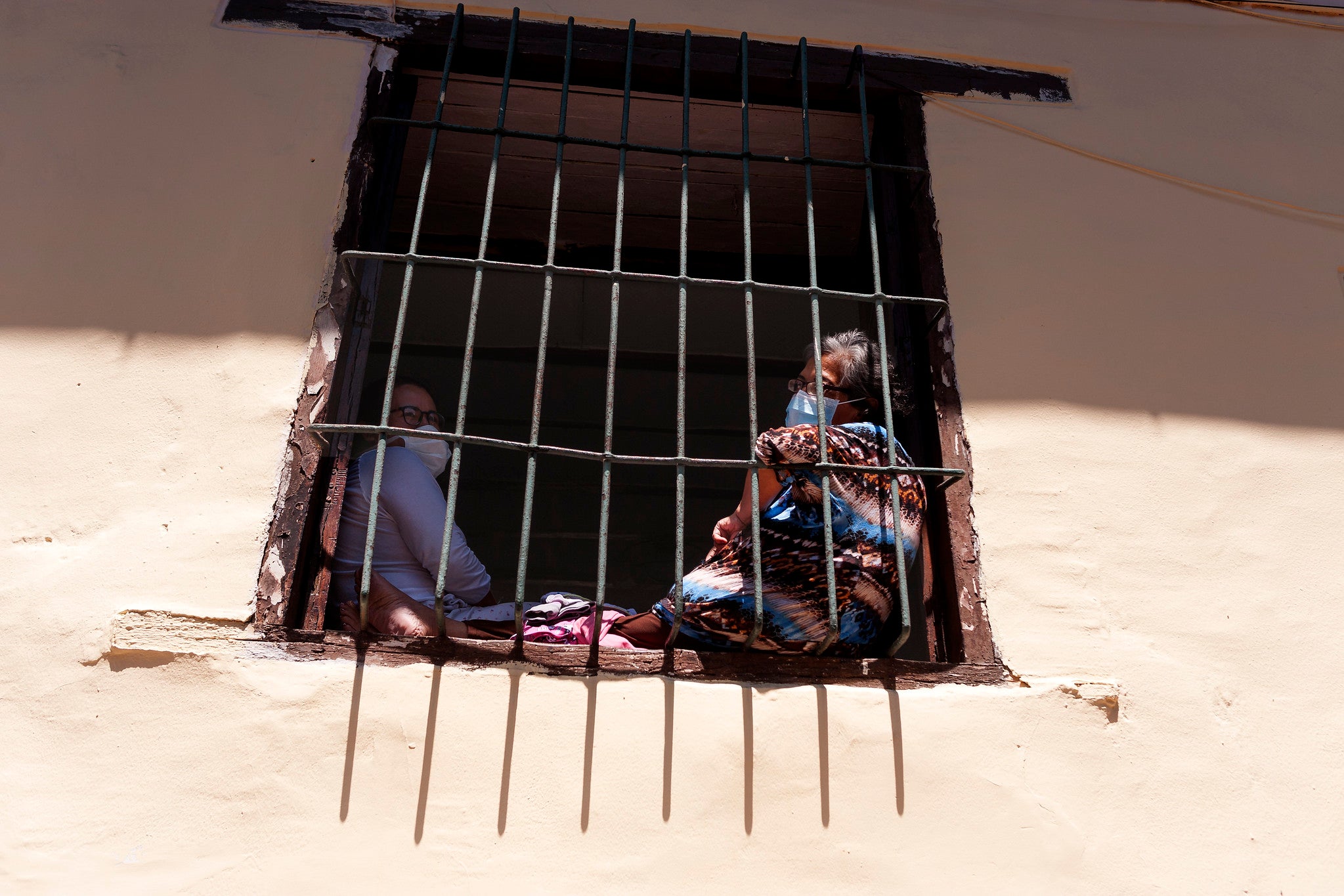Every day across Latin America and the Caribbean (LAC), workers face a daunting dilemma: Do I risk my health by going out to earn some money or do I protect my health at the risk of going hungry? Governments also face the unenviable yet unavoidable trade-off: Save lives or protect livelihoods.
Faced with this dilemma, policymakers need to aim for an elusive target that hits just the right middle ground. This involves carefully balancing measures like lockdowns or curfews with support for those suffering the most from stalled economic activity. That support comes in the form of social assistance programs like direct transfers to the most vulnerable and in need.
Finding the right balance will be essential to promoting an inclusive recovery and preventing negative future knock-on effects for the most vulnerable households. That means designing measures to contain the pandemic during times when infection rates are raging so that economic losses are minimized. Importantly, the measures should be complemented with help for firms, especially small and medium-sized ones, when possible. In addition, some businesses could continue operating under clear safety sanitary protocols.
Unenviable trade-off
Our recent note, Lives or Livelihoods? The Cost of Staying Healthy, outlines this trade-off clearly. Data from the initial waves of the pandemic indicate that tough containment strategies definitely help to flatten the curve. As the figure below shows, the tougher the measures, the flatter the infection rate. Lockdowns, travel restrictions, and social distancing clearly saved thousands of lives.
April – September 2020

The study also illustrates the immense cost that such measures have on people’s livelihoods. Data from the LAC High-Frequency Phone Survey shows that around 17% of the region’s workers lost their employment after initial containment measures were introduced back in March 2020. Not surprisingly, more stringent restrictions are associated with higher job losses, as shown in this figure.

Responses & Repercussions
Restrictions cost jobs in every country in the region, but the impact varied widely. Countries with lower informality levels and better connectivity to internet services adjusted well to teleworking. For example, job losses in Chile—of only 5%—were six times lower than the 30% seen in Colombia and Peru, despite similar lockdown policies.
Employment losses had an immediate and devastating impact on family incomes across the entire region. About two months into the pandemic, when stringency levels were at their highest, 60% to 70% of households registered a decline in total family income. Peru was one of the most affected countries, with eight out of ten households reporting lower total income compared to the beginning of the pandemic.
Most worryingly, employment losses and reduced family incomes translated into increased food insecurity. Honduras had the highest incidence in May 2020, with 53% of households reporting that they ran out of food due to lack of money or resources. This has serious consequences for long-term nutrition and human capital accumulation that may affect future productivity in the region.
Rightly, governments in the region boosted their non-health spending in 2020 to offset this chain of welfare losses, with some level of success. The additional expenditure helped to increase food security among households, but in most cases could not fully compensate the considerable income losses. Still, the results show that these targeted government interventions can indeed soften the impact on the most affected segments of the population.
While the pandemic’s effect and the response have varied widely in the region, it is clear that every country needs to find the appropriate balance for this dilemma. The future of Latin America and the Caribbean will depend on getting this balance right.





Join the Conversation